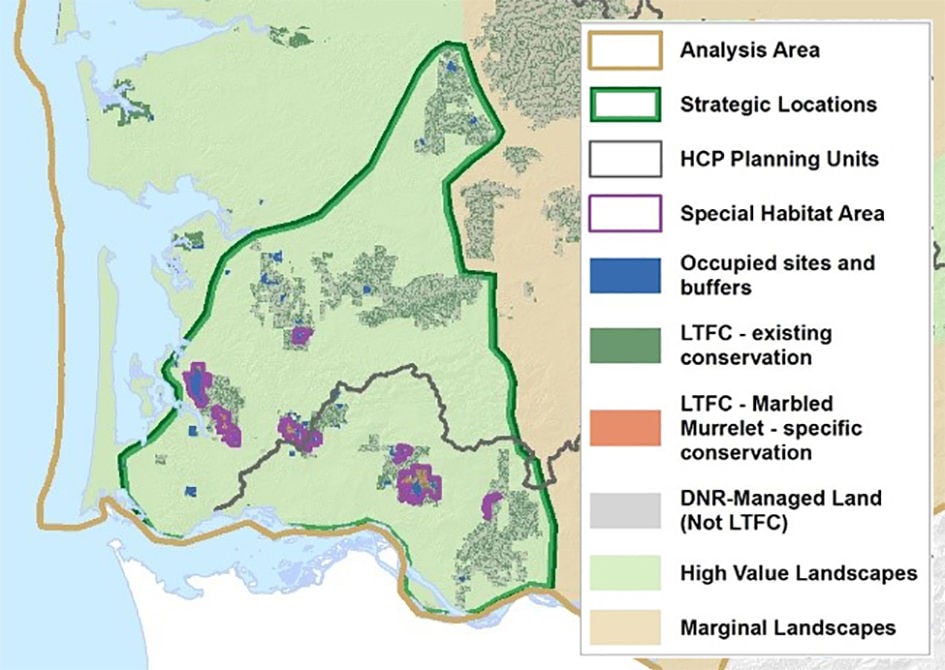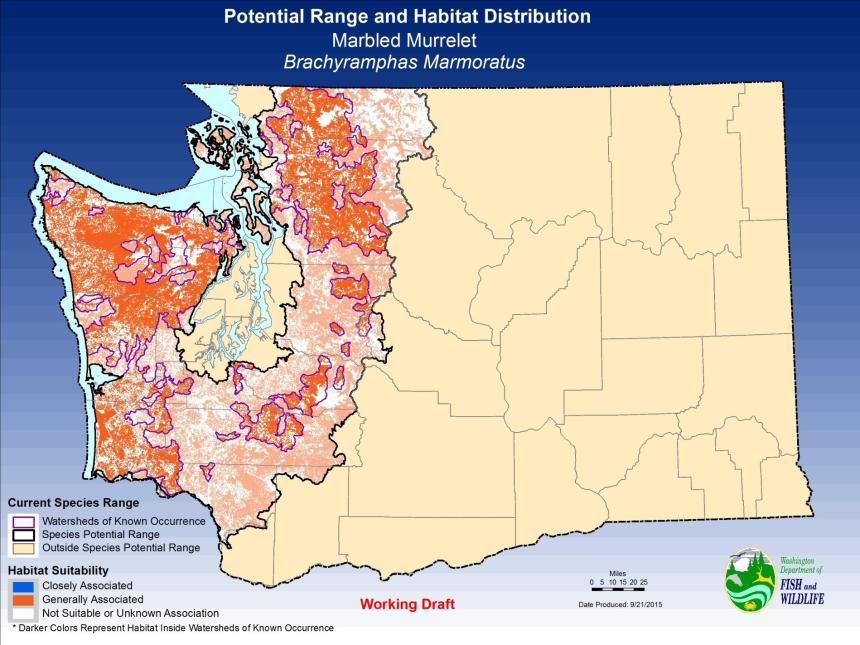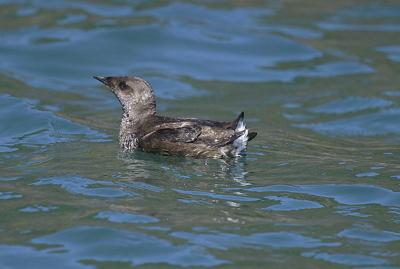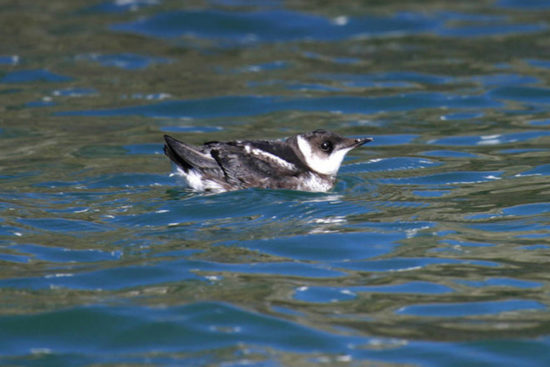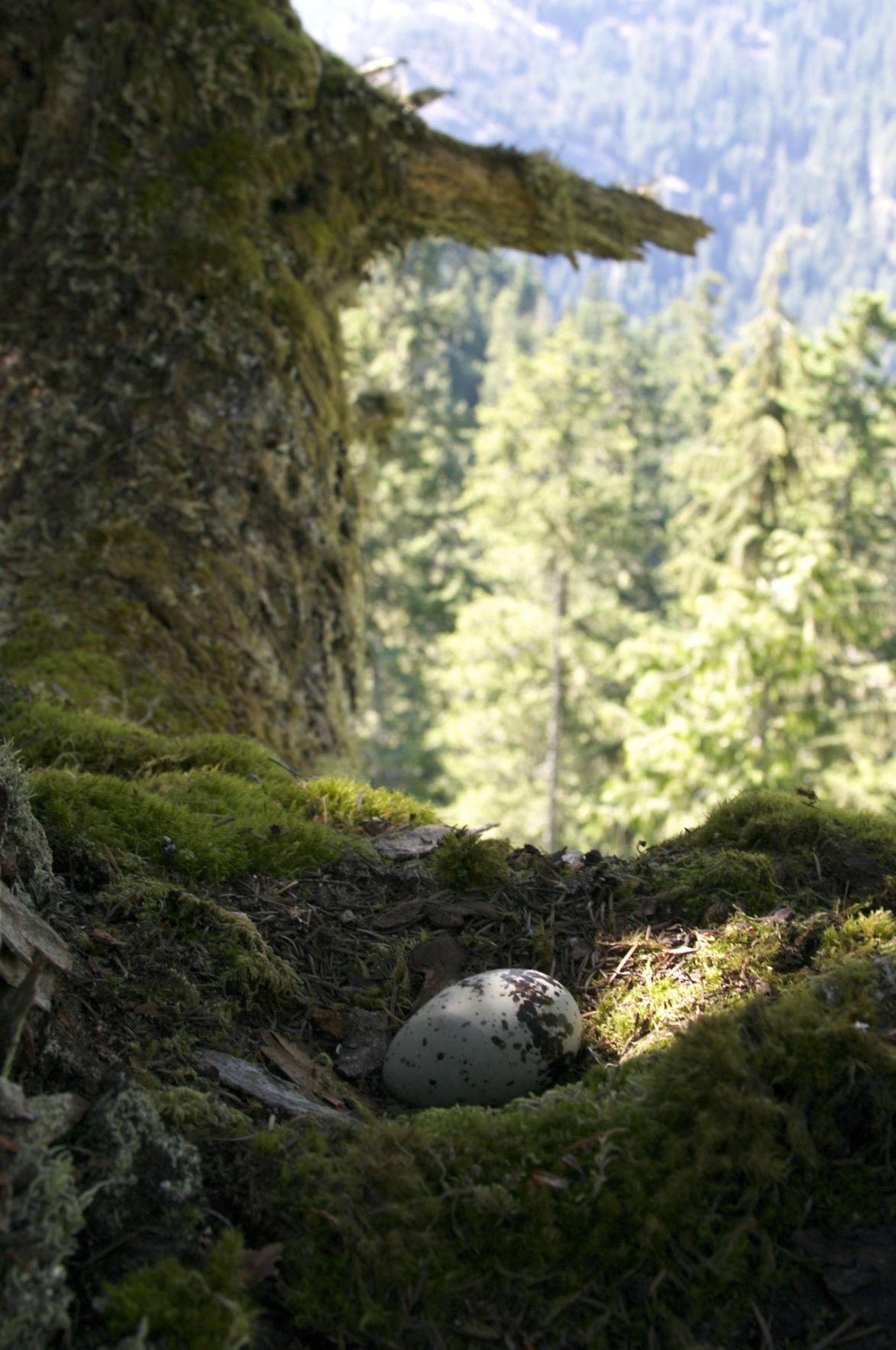Dnr has operated under an interim murrelet conservation strategy since the approval of its hcp by the us fish and wildlife service usfws in 1997.
Marbled murrelet suitable habitat.
The precise amount of suitable murrelet habitat within the listed range is unknown.
The marbled murrelet habitat recovery implementation group estimates that 29 of suitable nesting habitat is currently protected in british columbia.
The effects of gill net mortality on marbled murrelets are currently being investigated by the canadian wildlife service and the department of fisheries and oceans through support from the.
3 suitable marbled murrelet habitat would be a new approach assume habitat occupied until documented otherwise significant additional work needed to vet this option agenda item b attachment 17 page 26 of 46.
Marbled murrelet nesting habitat suitability model for the british columbia coast.
Although most murrelet nesting habitat on private lands has been eliminated by logging suitable habitat remains on federal and state owned lands.
To meet the conservation region s 80 spatial nesting habitat protection target of 77 132 ha flnrord is working towards the protection of an additional 10 931 ha of suitable marbled murrelet nesting habitat in the region primarily through the establishment of new wildlife habitat areas under the provincial forest and range practices act.
The amount of suitable habitat has continued to decline throughout the range of the marbled murrelet primarily due to commercial timber harvest.
During the winter marbled murrelets use inland old growth or mature sites for roosting courtship and investigating nest sites.
Recent oil spills off the coast of california and oregon have contributed to direct mortality of marbled murrelets and other seabirds.
The use of inland lakes during the nonbreeding season occurs in conjunction with visits to nesting areas.
The marbled murrelet is listed as a federal threatened and state endangered species wac 220 610 010 in washington endangered means any wildlife species native to the state that is seriously threatened with extinction throughout all or a significant portion of its range within the state.
This data is an aggregate of predicted suitable habitat from a wide scale algorithm using elevation distance inland forest cover tree height and age as well as two separate regional nesting habitat models.






